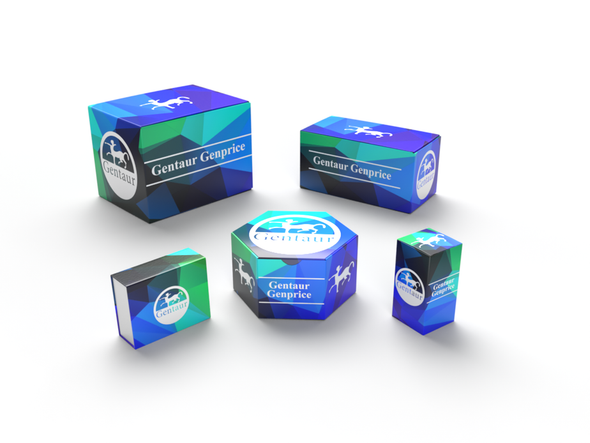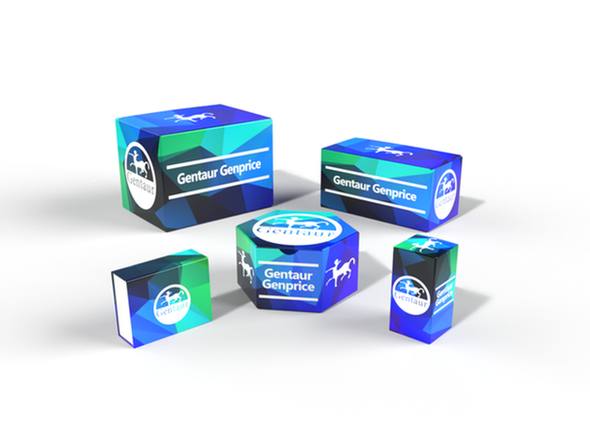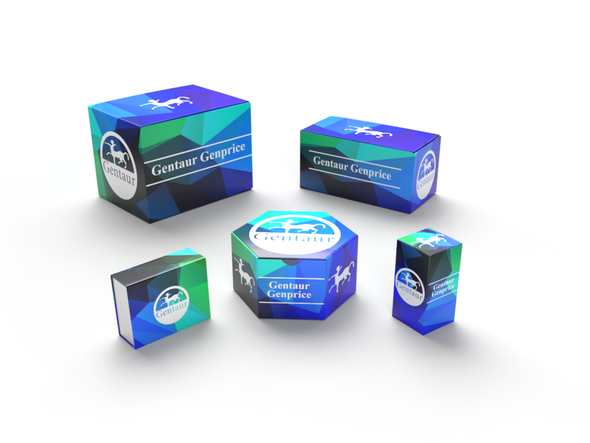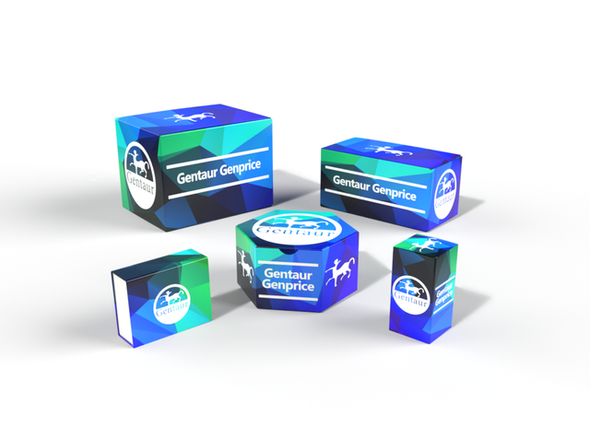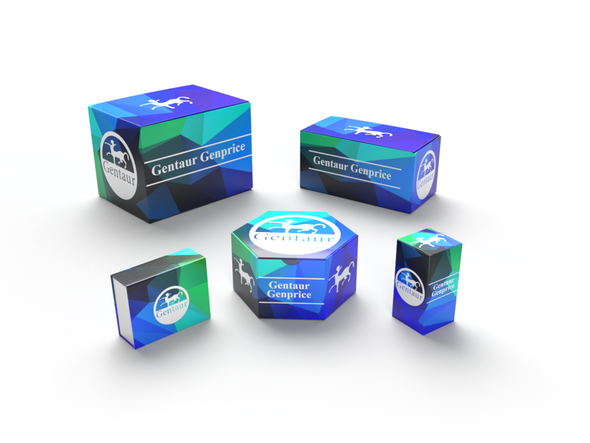740
Human VGF nerve growth factor inducible (VGF) ELISA Kit | AE11697HU
- SKU:
- 740-AE11697HU
- Availability:
- Usually ships in 5 working days
Description
Human VGF nerve growth factor inducible (VGF) ELISA Kit | AE11697HU | Gentaur UK, US & Europe Distribution
Species Reactivity: Human (Homo sapiens)
Abbreviation: VGF
Alternative Name: neuro-endocrine specific protein VGF|neurosecretory protein VGF
Application: ELISA
Range: 78.1-5000 pg/mL
Sensitivity: 28 pg/mL
Intra-Assay: ≤5.2%
Inter-Assay: ≤9.3%
Recovery: 1, 01
Sample Type: Serum, Plasma, Other biological fluids
Detection Method: Sandwich
Analysis Method : Quantitive
Test Principale: This assay employs a two-site sandwich ELISA to quantitate VGF in samples. An antibody specific for VGF has been pre-coated onto a microplate. Standards and samples are pipetted into the wells and anyVGF present is bound by the immobilized antibody. After removing any unbound substances, a biotin-conjugated antibody specific for VGF is added to the wells. After washing, Streptavidin conjugated Horseradish Peroxidase (HRP) is added to the wells. Following a wash to remove any unbound avidin-enzyme reagent, a substrate solution is added to the wells and color develops in proportion to the amount of VGF bound in the initial step. The color development is stopped and the intensity of the color is measured.
Product Overview: VGF or VGF nerve growth factor inducible is a protein and neuropeptide that may play a role in regulating energy homeostasis, metabolism and synaptic plasticity. The protein was first discovered in 1985 by Lewi et al. in an experiment with PC12 cells and its name is non-acronymic. VGF gene encodes a precursor which is divided by proteolysis to polypeptides of different mass, which have a variety of functions, the best studied of which is the role of TLQP-21 in the control of appetite and inflammation. The expression of VGF and VGF-derived peptides is detected in a subset of neurons in the central and peripheral nervous systems and specific populations of endocrine cells in the adenohypophysis, adrenal medulla, gastrointestinal tract, and pancreas.
Stability: The stability of ELISA kit is determined by the loss rate of activity. The loss rate of this kit is less than 5% within the expiration date under appropriate storage condition. The loss rate was determined by accelerated thermal degradation test. Keep the kit at 37°C for 4 and 7 days, and compare O.D.values of the kit kept at 37°C with that of at recommended temperature. (referring from China Biological Products Standard, which was calculated by the Arrhenius equation. For ELISA kit, 4 days storage at 37°C can be considered as 6 months at 2 - 8°C, which means 7 days at 37°C equaling 12 months at 2 - 8°C) .


